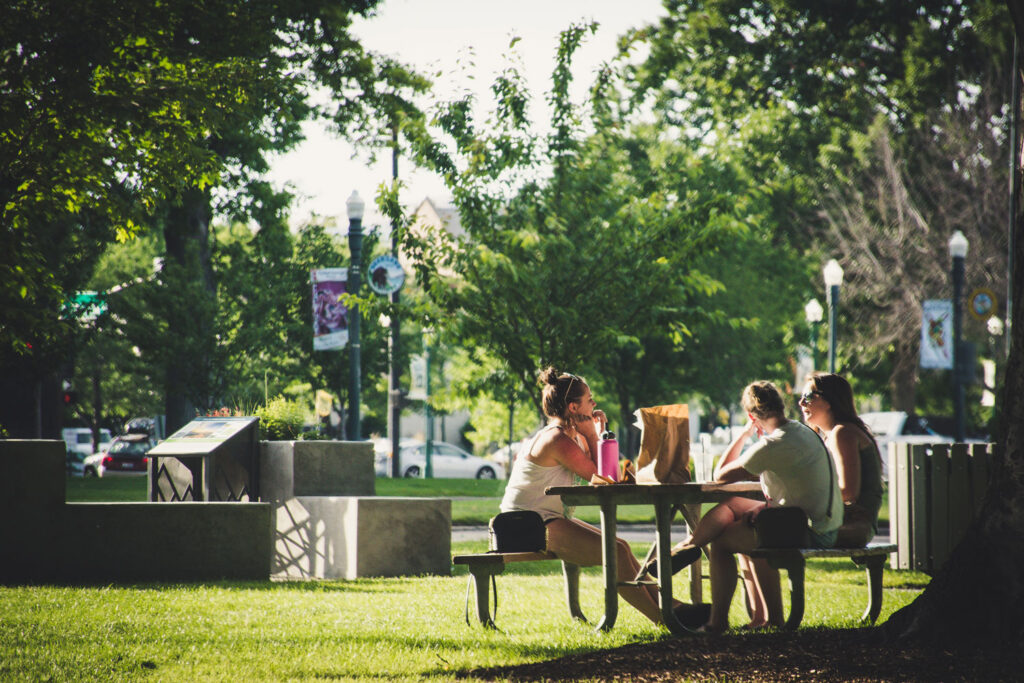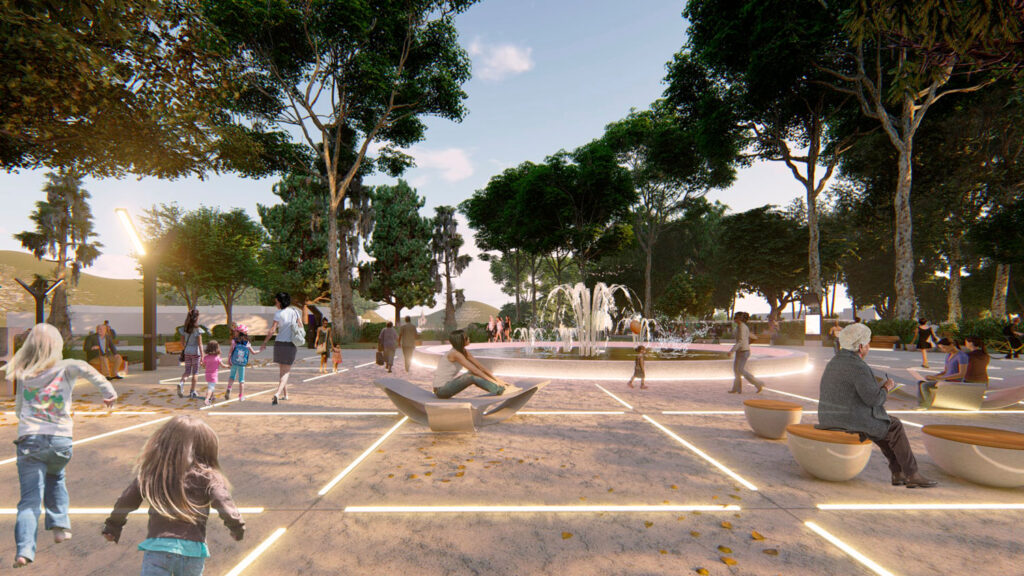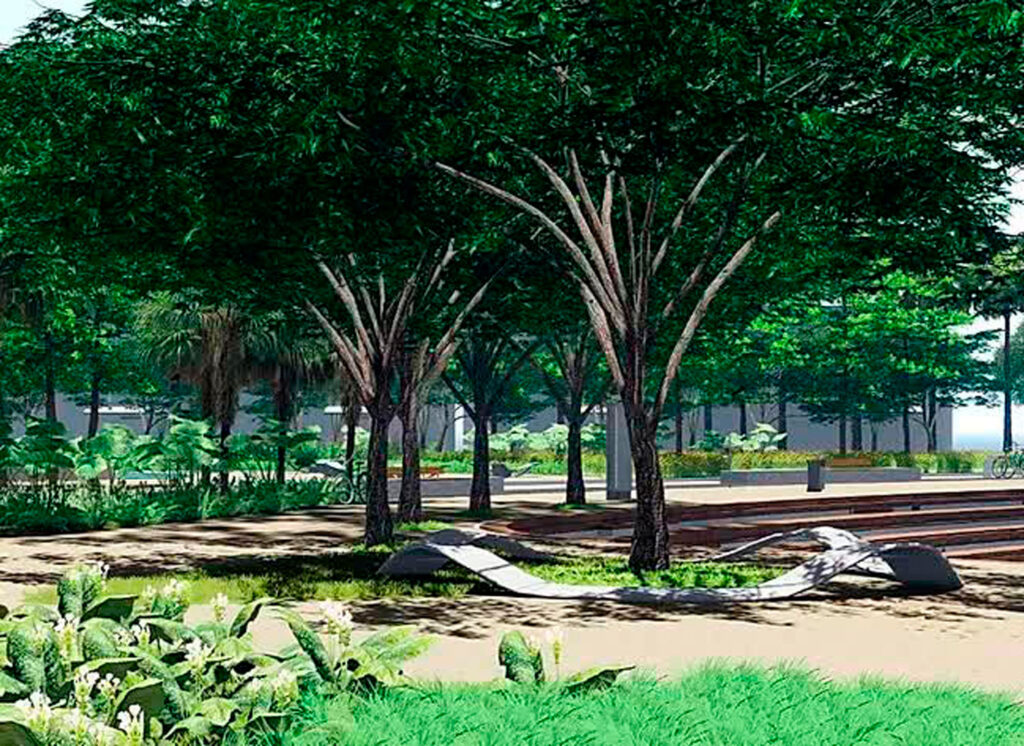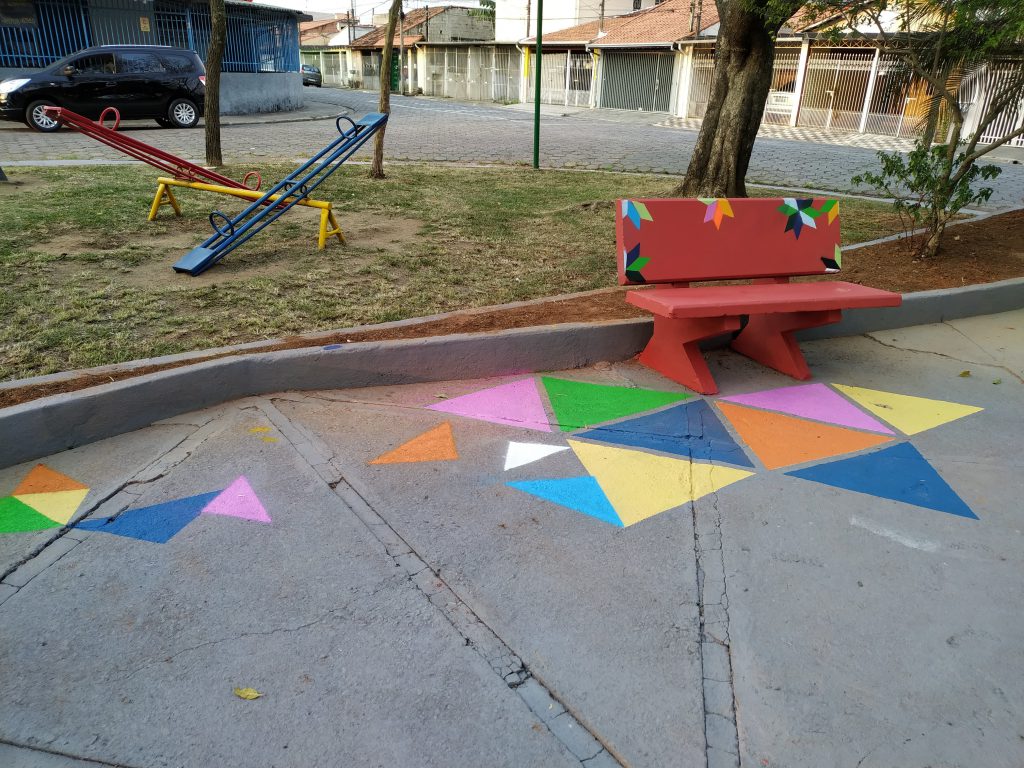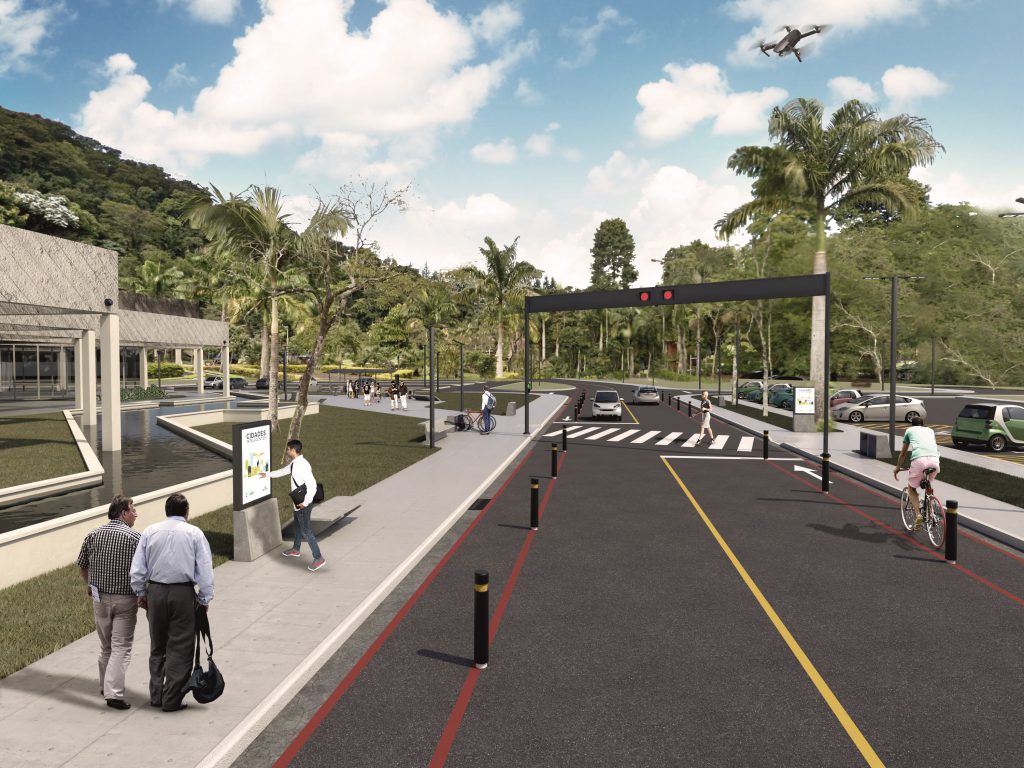Public squares are urban elements that serve for leisure, social events and community activities. They are also a point of traffic and meetings and, through Architecture and Urbanism, receive plans that allow ample interaction between people and the external and collective environment.
However, if we go back a few centuries, we realize that the squares have undergone modifications according to each period of history, both in their structure and concept and in use.
Check out in this article what squares were like in the old days and how these elements that are so important to society emerged!
How did public squares come about?
Public squares first appeared in Greece and had the function of bringing together free citizens to discuss the affairs of the State or the polis, as it was called in antiquity.
In addition, Greeks and Romans used this urban location as a way to transmit culture and knowledge, as well as to expose ideas and make decisions. Thus, the squares were well-kept and planned.
Leia também sobre as praças lineares
What are dry squares?
Dry squares have a large part of the total area without the presence of trees, since most of their space is paved.
They began to appear before the 19th century, when cities were built with a church, a town hall and a market and, in front of these buildings, an open space was left so that citizens could circulate on foot and by carriage. In this way, there was no need for afforestation or planning to make the environment more attractive.
Then, in the 19th century, architecture professionals began to develop squares with spaces for entertainment and rest, and the dry squares lost space. However, in the period of the modern movement, they returned, as they became spaces without greenery, with monuments and priority for concrete elements.
What were the squares like in the old days?
After its creation, in antiquity, the square underwent changes in concept. In the Middle Ages, its use was no longer for the exchange of culture, being more focused on carrying out funerals and executions, in addition to weddings, religious rites and commerce. In that period, the squares had no aesthetic treatment, being just spaces without buildings.
Later, in the Baroque and Renaissance period, they gained spaces dedicated to vegetation, arts, contemplation and rest, with a more elaborate and beautiful concept.
How did the Brazilian squares appear?
Public squares in Brazil emerged in the colonial period and were related to the Catholic Church. They were built around the churches and were the first urban, public and free spaces.
In addition, the concept of being a large and empty space was inherited from the architectural custom of Portuguese, Italian and Spanish immigrants.
In this way, the projects for the squares follow social changes and are impacted by the architectural, social and cultural influences of each era.
Did you like to know a little more about the squares? So enjoy and discover the projects of landscaping public squares made by Plantar Ideias.
Check also: Projetos de praças

